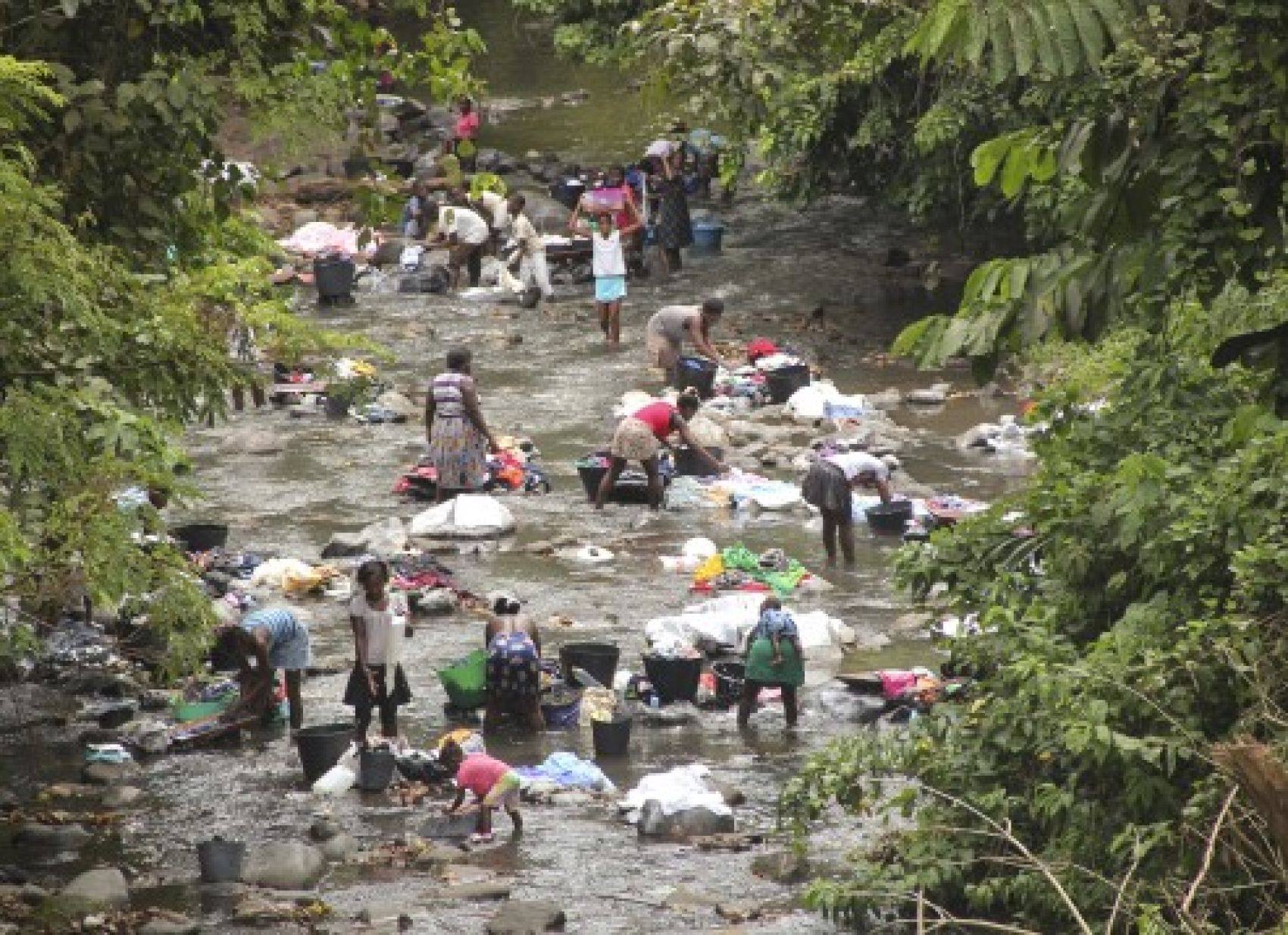The idea that climate change can trigger conflict has captured the popular imagination, but it is sometimes dismissed by conflict analysts. In a sense, both views are correct.
Pinpointing the true causes of a conflict is rarely straightforward. Most acts of aggression are deeply rooted in grievances and perceived injustices. The significance that headline writers and even the most careful analysts assign to different political, economic, social, environmental and personal factors in explaining the breakdown of peace can say as much about their own interests and preconceptions as it does about what is happening on the ground.
Nevertheless, understanding what can make a community vulnerable to conflict is critical to achieving and maintaining peace. Although the physical impacts of climate change may not directly trigger conflict, these impacts—from slow-onset phenomena like sea-level rise and rising temperatures to sudden catastrophes—can fan the flames of conflict. When these impacts occur in areas where there are already intercommunal tensions, resentment towards local authorities, deep inequality, extreme poverty or marginalization, climate change can accentuate conflict drivers and contribute to dangerous chain reactions.
Climate-related risks as “pathways”
Understanding those chain reactions is key. In a SIPRI policy brief, we offer four well-documented “pathways”—links in the chain—from a physical climate change impact to increased conflict risk. Each pathway is characterized by effects on human needs and behaviours, through livelihoods, migration and mobility patterns, the tactics of armed groups, and elite exploitation.
For example, climate change (and even climate action) can negatively affect livelihoods in many ways, increasing the risks of conflict. In recent years this pathway has been well-documented in the Horn of Africa and West Africa, where changing environmental conditions are leading to clashes between small-scale farmers and pastoralists.
A study in eastern and central Burkina Faso found that about 600 armed clashes were happening every year between these groups, linked to competition over land. Many farmers have expanded their cropland in order to hedge against the risk of a poor harvest due to changing rainfall patterns and extreme climate events. Herders, meanwhile, were moving into the same areas because the same climate-related factors had reduced grazing land. Both groups were trying to protect their livelihoods yet did not have access to effective mechanisms to settle their disputes.
The tactics of armed groups pathway sees armed groups exploiting the disruption caused to already vulnerable communities to win public sympathy or new recruits. For example, in Iraq the al Nusrah Front and the Islamic State group recruited disaffected Sunni communities in areas where drought in the late 2000s—and lack of state support to deal with it—had intensified grievances and poverty
Naturally, these pathways often intersect and interlock. For example, flash floods in central and southern Somalia in 2018 displaced more than 215,000 people in a few months. Many of the displaced migrated to camps in the cities of Mogadishu and Baidoa. This did not pose a significant security risk in itself (although an influx of displaced people to an already fragile region sometimes can), but al-Shabab recruiters were able to exploit the situation. They targeted young and unemployed men in the camps who were cut off from their communities, livelihood opportunities and familiar social structures.
Opportunities for action
Analysis based on these pathways can also help to pinpoint entry points for intervention. Climate adaptation measures could be made more sensitive to the risks. Peacebuilding could be made more responsive to climate-related security risks. Steps could be taken to reduce inequalities, prepare for migration, diversify livelihoods, or strengthen local governance and dispute-resolution systems.
The four pathways presented in the policy brief reflect what is already happening in vulnerable places impacted early and deeply by climate change. As the effects of climate change intensify in different parts of the world, new risk pathways may emerge. Understanding those pathways could help policymakers to get ahead of those risks.


